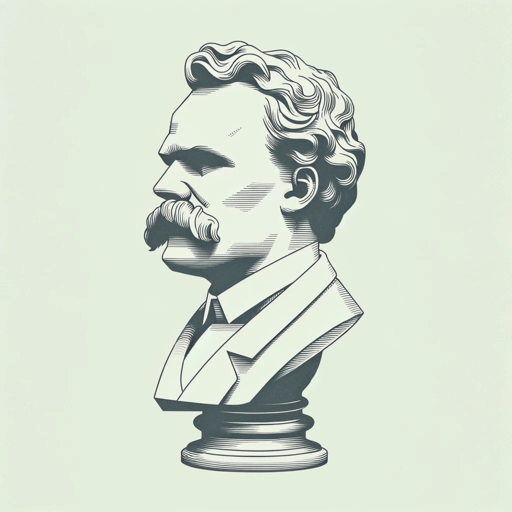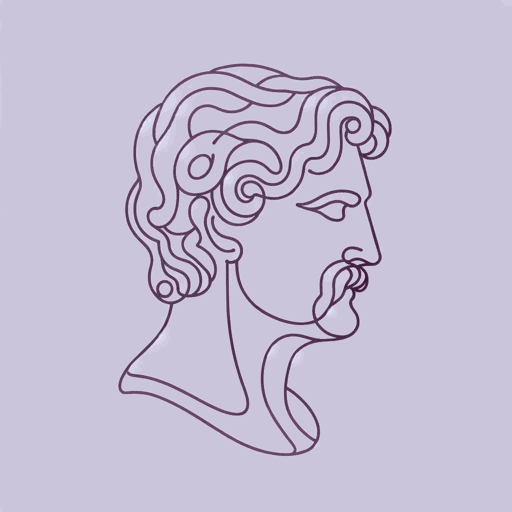44 pages • 1 hour read
Friedrich NietzscheOn the Genealogy of Morals
Nonfiction | Book | Adult | Published in 1887A modern alternative to SparkNotes and CliffsNotes, SuperSummary offers high-quality Study Guides with detailed chapter summaries and analysis of major themes, characters, and more.
Third EssayChapter Summaries & Analyses
Third Essay Summary: “What Do Ascetic Ideals Mean?”
In the third essay, Nietzsche examines ascetic ideals, which include the values of self-discipline and self-denial, as the outcome of “slave morality” and the product of the influence of Christianity. All humans need to feel that their lives have an essential purpose; Nietzsche claims that ascetic ideals are the natural result of the desire for meaning.
Nietzsche uses the German composer Richard Wagner (See: Key Figures) as an example of an artist who succumbed to ascetic ideals, thereby denying and destroying his own talent. Wagner’s final opera Parsifal advocates for values like chastity and purity. Nietzsche seeks to understand how a talented musician could turn away from himself, a feature that Nietzsche claims is the inevitable result of the ascetic ideal. Artists always look beyond themselves for inspiration:
They have always been the servants of some morality, philosophy or religion, quite apart from the fact that unfortunately they have often been the sniveling courtiers of their clients and patrons, always courting the rich and powerful parties that are well established or ascendant (88).
Nietzsche suggests that artists often either look to morality or to their patrons for this source of inspiration. Wagner was inspired by philosophy and the idea that music was the sovereign art.
Related Titles
By Friedrich Nietzsche

Beyond Good And Evil
Friedrich Nietzsche

On The Advantage And Disadvantage Of History For Life
Friedrich Nietzsche

The Antichrist
Friedrich Nietzsche, Transl. H.L. Mencken

The Birth of Tragedy
Friedrich Nietzsche

The Gay Science
Friedrich Nietzsche

The Will to Power
Friedrich Nietzsche, Ed. Walter Kaufmann, Transl. R.J. Hollingdale

Thus Spoke Zarathustra: A Book for All and None
Friedrich Nietzsche

